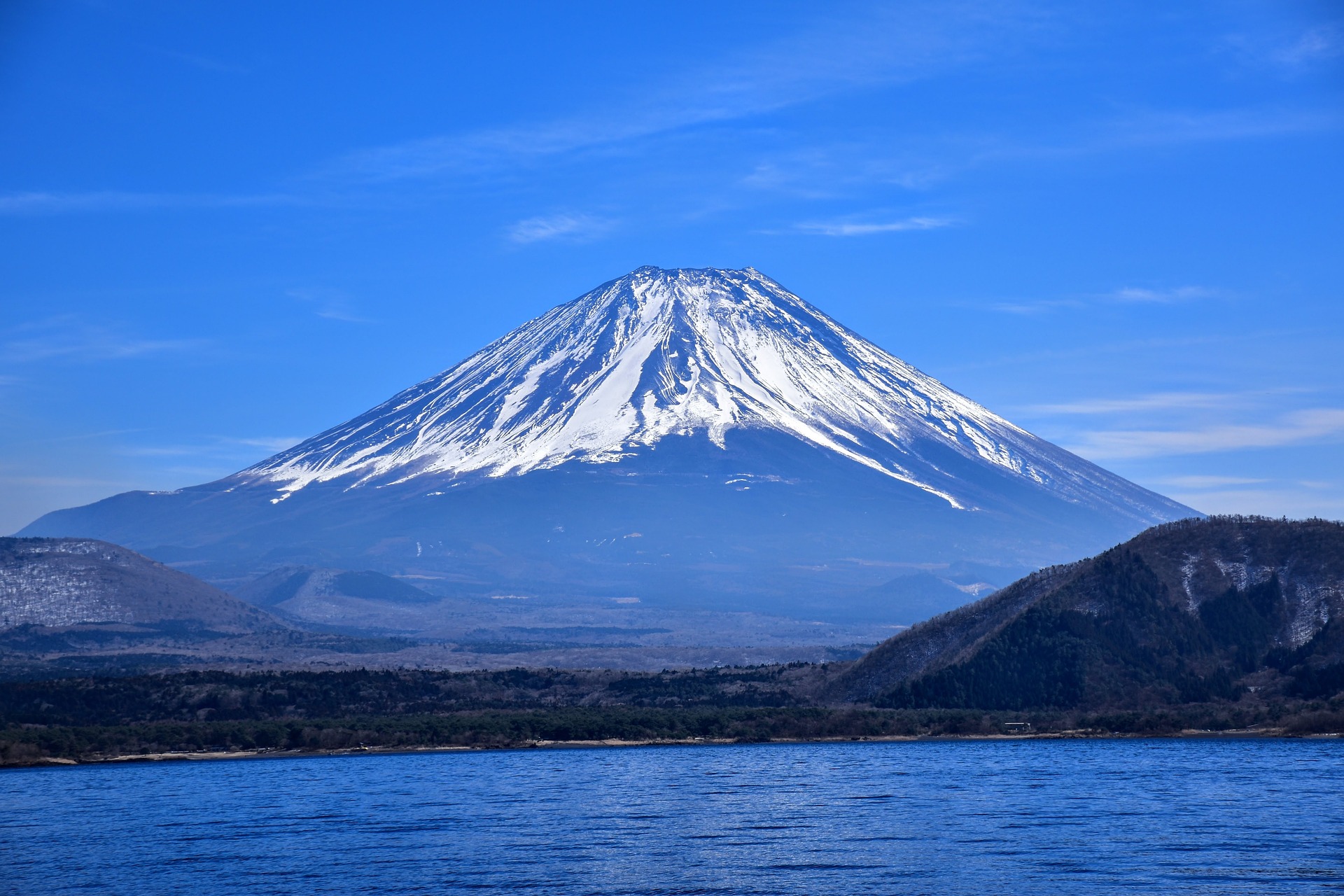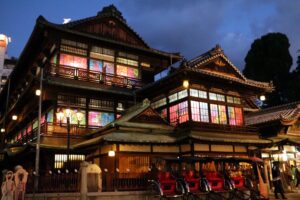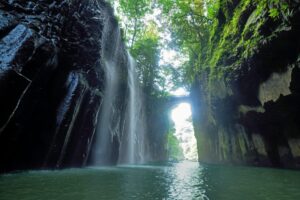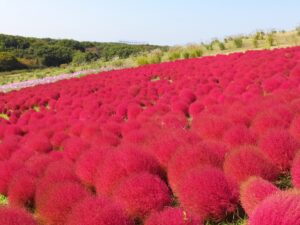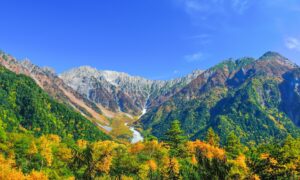This comprehensive guide to Mount Fuji covers everything from travel planning and climbing tips to the cultural and historical significance of Japan’s iconic mountain. Whether you’re a tourist, an adventurer, or a cultural enthusiast, you’ll find valuable information to enhance your visit to Mount Fuji.
Introduction to Mount Fuji
Mount Fuji, known as Fuji-san in Japan, is an iconic symbol of Japan, renowned for its majestic beauty and cultural significance. Standing at 3,776 meters (12,389 feet), it is the highest peak in Japan and an active stratovolcano that last erupted in 1707. Located on Honshu Island, it straddles the boundary between Shizuoka and Yamanashi Prefectures. The mountain is revered in Japanese culture, featured prominently in art, literature, and mythology, and is a UNESCO World Heritage site recognized for its cultural and spiritual importance.
Geographical Facts
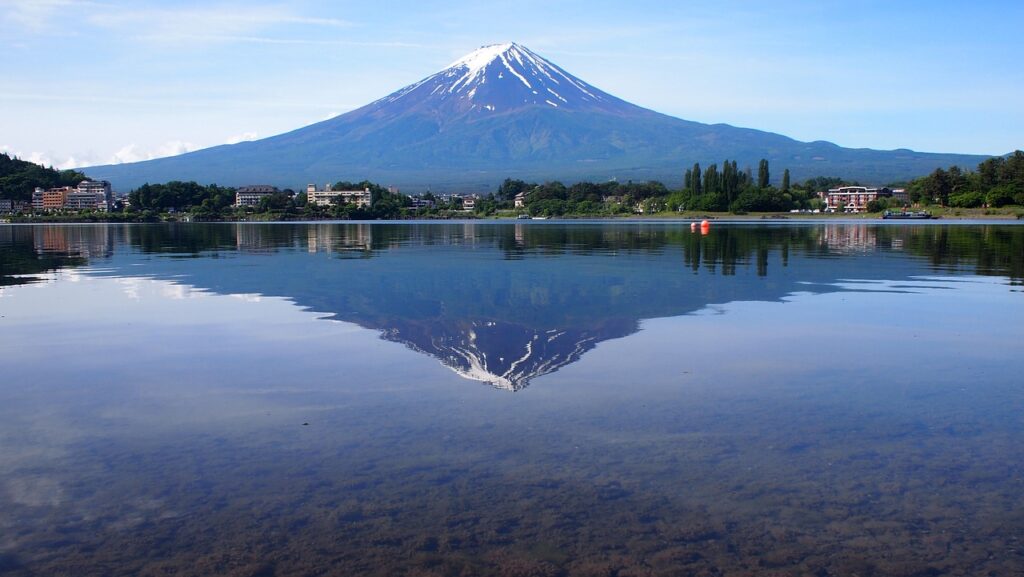
Mount Fuji’s symmetrical cone is the result of repeated volcanic activity over thousands of years. The mountain is composed of basalt and andesite, and it sits atop a volcanic complex that includes the older Komitake and Kofuji volcanoes. The five lakes surrounding Mount Fuji—Lake Kawaguchi, Lake Yamanaka, Lake Sai, Lake Motosu, and Lake Shoji—offer picturesque views and recreational activities. The region’s climate varies, with snow-capped peaks in winter and lush greenery in summer, making it a year-round destination for tourists and nature enthusiasts.
Historical and Cultural Significance

Mount Fuji has been a sacred site for centuries, deeply embedded in the spiritual and cultural fabric of Japan. It is a pilgrimage destination, with the Shinto shrine of Fujisan Hongu Sengen Taisha at its base and several other shrines along the routes to the summit. The mountain has inspired countless works of art, including the famous “Thirty-Six Views of Mount Fuji” by Hokusai Katsushika. It also holds significance in Japanese mythology, where it is considered the abode of various deities. The recognition of Mount Fuji as a UNESCO World Heritage site underscores its cultural and spiritual importance.
Travel Planning for Mount Fuji
Planning a trip to Mount Fuji involves considering various factors, including the best times to visit, transportation options, and necessary preparations. Whether you aim to climb to the summit or enjoy the scenic beauty from its base, thorough planning ensures a memorable experience.
How to Get There
Mount Fuji is accessible from major cities like Tokyo and Osaka via a well-developed transportation network. From Tokyo, you can take a direct bus or train to Fujisan Station or Kawaguchiko Station. Alternatively, driving offers flexibility to explore the surrounding areas at your own pace. Public transportation options include the JR Chuo Line, the Fujikyu Railway, and various bus services that operate regularly, providing convenient access to different parts of the mountain.
Best Times to Visit
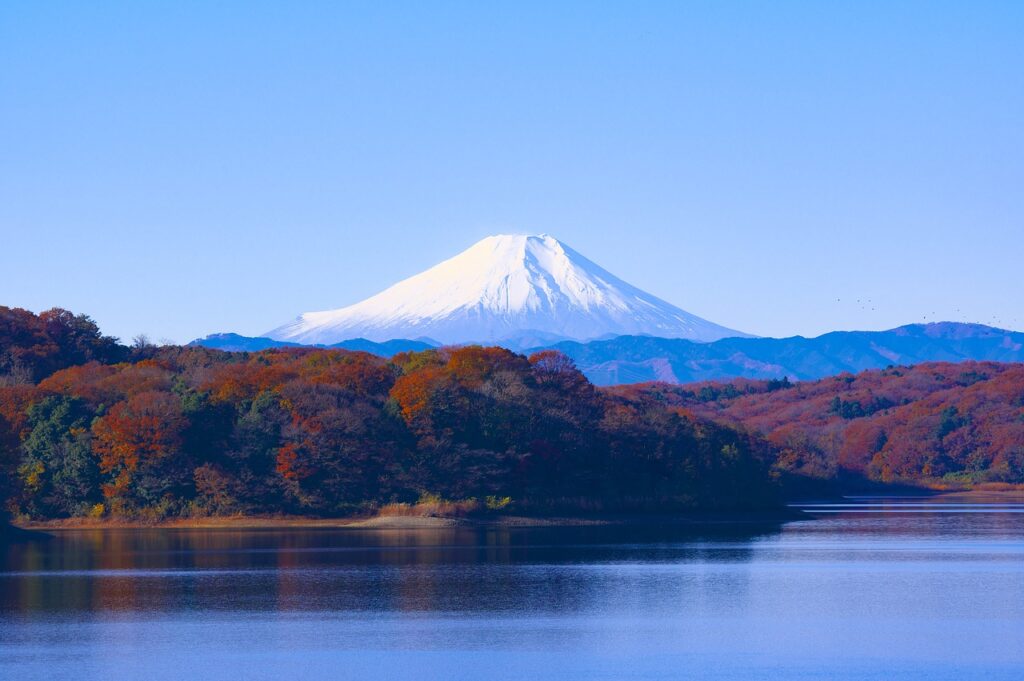
The best time to visit Mount Fuji depends on your interests. The official climbing season runs from early July to early September, when the weather is mild, and the mountain huts are open. For those not interested in climbing, the spring months of April and May offer stunning cherry blossoms, while autumn provides vibrant fall foliage. Winter, although cold, offers clear skies and breathtaking snow-covered landscapes, making it ideal for photography.
Climbing Mount Fuji
Climbing Mount Fuji is a bucket-list experience for many visitors to Japan. The climb, while challenging, is accessible to novice hikers with proper preparation and caution.
Main Climbing Routes

There are four main routes to the summit: Yoshida, Subashiri, Gotemba, and Fujinomiya. The Yoshida Trail is the most popular, starting from the fifth station and offering numerous mountain huts and facilities along the way. The Subashiri Trail is less crowded and merges with the Yoshida Trail near the summit. The Gotemba Trail is the longest and least crowded, known for its scenic beauty. The Fujinomiya Trail is the shortest and steepest, starting from the highest fifth station. Each route provides unique experiences and challenges, catering to different preferences and skill levels.
Climbing Tips and Safety Measures
Climbing Mount Fuji requires preparation and awareness of safety measures. Essential gear includes sturdy hiking boots, warm clothing, rain gear, and sufficient water and food supplies. Acclimatizing to the altitude is crucial, and climbers are advised to ascend slowly to prevent altitude sickness. Staying overnight at a mountain hut can help with acclimatization and provide rest before the final ascent to witness the sunrise. It’s important to check weather forecasts and adhere to safety guidelines issued by local authorities and the Fujisan Club.
Experiencing the Local Culture
Beyond the climb, Mount Fuji’s surrounding areas offer rich cultural experiences, from local festivals to traditional accommodations and cuisine.
Local Festivals and Events
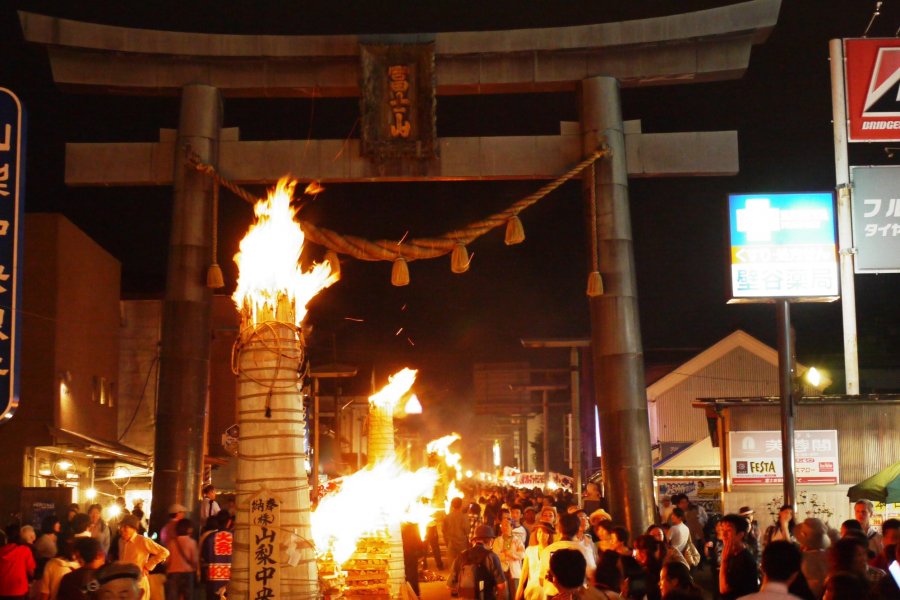
The Mount Fuji region hosts various festivals throughout the year, celebrating its natural beauty and cultural heritage. The Fuji Shibazakura Festival in spring showcases fields of pink moss phlox with Mount Fuji as a backdrop. The Yoshida Fire Festival in August, held to appease the deity of Mount Fuji and prevent eruptions, features traditional ceremonies and vibrant processions. These festivals provide a glimpse into local traditions and are a delight for visitors.
Accommodation and Dining
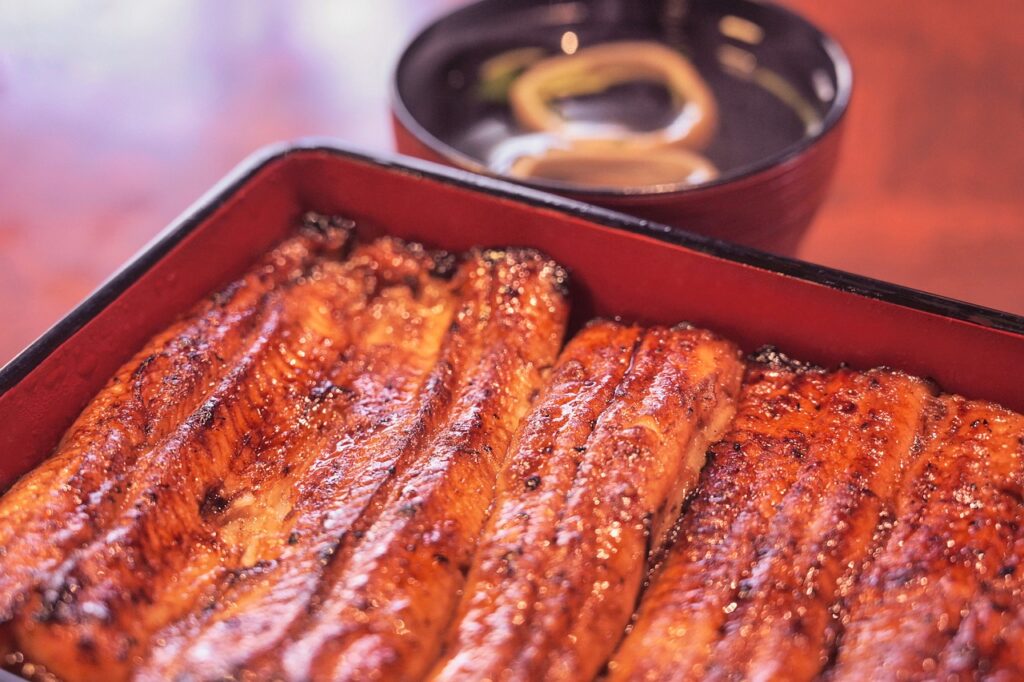
Accommodations around Mount Fuji range from traditional ryokan to modern hotels. Staying in a ryokan offers a unique cultural experience with tatami rooms, futon bedding, and onsen baths. The area is also known for its delicious cuisine, including Hoto noodles, a hearty local specialty, and fresh fish from the surrounding lakes. Dining at local restaurants provides an opportunity to savor regional flavors and enjoy the hospitality of the locals.

Environmental Impact and Conservation
Tourism has both positive and negative impacts on Mount Fuji, necessitating ongoing conservation efforts to preserve its natural beauty.
Tourism Impact
The influx of tourists to Mount Fuji has led to environmental challenges, such as littering, erosion, and habitat disruption. Managing the impact of tourism is crucial to protect the mountain’s ecosystem. Efforts include waste management programs, regulations on climbing routes, and educational campaigns to promote responsible tourism. The balance between allowing access and preserving the natural environment is a continuous effort by local authorities and conservation groups.
Conservation Efforts
Conservation initiatives aim to mitigate the impact of tourism and preserve Mount Fuji for future generations. These efforts include reforestation projects, maintenance of trails, and the protection of wildlife habitats. Organizations like the Fujisan Club play a vital role in these initiatives, working with local communities and governments to implement sustainable practices. Public awareness campaigns and volunteer programs also contribute to the ongoing conservation of Mount Fuji’s natural and cultural heritage.
By following this guide, you can plan a fulfilling visit to Mount Fuji, whether you aim to climb its peak, explore its cultural landscape, or simply enjoy its breathtaking beauty.

